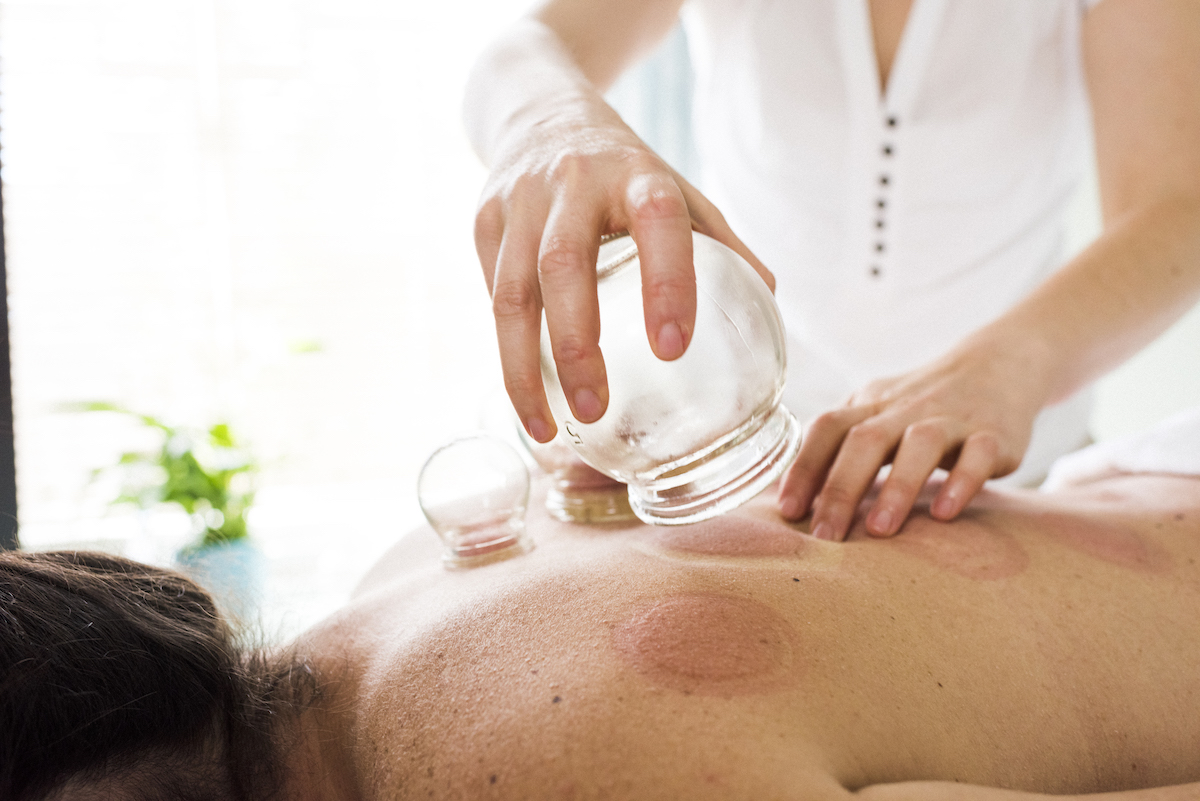
Diabetics today have many allies in fighting Diabetes. One of the least explored by many westerners is Acupuncture and Traditional Chinese.
It’s true…let me explain how an acupuncturist views the common condition.

Although Western and Traditional Chinese Medicine use different methods to treat common diseases, both approaches also agree on many things. Western medicine considers diabetes mellites as a disease of blood sugar metabolism.
Diabetes is caused by either a failure of the cell’s ability to accept insulin and dump toxins into the blood or the pancreas is not able to produce adequate insulin to lower blood glucose.
According to TCM, Xiao Ke translated as “wasting and thirsting disease” is divided by the patient’s symptoms into upper Jiao, middle Jiao, and lower Jiao. We’ll discuss more about this further in the article.
According to Western Medicine, diabetes can be divided into three categories (ADA, 2018):
According to TCM, Xiao Ke or “wasting and thirsting disease” is divided by the patient’s symptoms and divided into 3 general categories:
TCM physicians use the patient’s case history, looking at the patient’s tongue and feeling the patient’s “pulses”. “Reading” the pulse isn’t counting beats. The pulse shows nine organ and channel conditions– the “climate” of the body. The practitioner can feel such as heat, cold, dampness, excess, deficiency, and phlegm which indicate how to best treat the patient. TCM therapy has seven aspects. Treatment is specifically individualized to harmonize climate and imbalance.”
Similarities: Both Western and Eastern focus on diet, weight loss, and exercise to treat diabetes. Both use medications, nutritional supplements, or herbs to reduce blood sugar and improve cellular respiration.
Differences:
Western medicine uses a “one size fits all” approach. Everyone with a diagnosis of adult-onset diabetes type 2 starts off with metformin. The A1C is measured after three months, then the medication is adjusted, or other medications are added. If the A1C isn’t within normal limits, insulin may be added. According to Western medicine, the pancreas is diseased.
TCM uses differential diagnosis developed over 3,000 years. Urinating sugar illness is called Tang Niao Bin. Diabetes is also called “Wasting and Thirsting” disease, “Xiao Ke”. Diabetes Mellitus is caused by heat, dampness, and phlegm. An acupuncturist will ask to see your tongue, feel the pulses in three positions and three levels. The TCM physician considers a detailed patient history, including past illness, emotional trauma, and injuries important to determine the best treatment. Treatment is specific to each person. Diabetes Mellitus can be caused by disharmony in the upper body, middle or lower body. Diabetes isn’t a “one size fits all”, but a symptom of a deeper problem (Guo, 2014).
Though there are many TCM patterns for this condition, which pattern below best describes your symptoms?
Upper Body:
Lung Heat Injuring Fluids. This can be caused by childhood exposure to secondhand smoke, recurrent lung infections caused by viral or bacterial pathogens, often the pathogen has not been eliminated. Cigarette smoking dries the lung mucosa, destroying delicate cilia, depositing carbon into lung tissue. The patient experiences asthma, excessive thirst, dry mouth, and tongue, hacking dry cough, sometimes producing sticky phlegm.
Treatment:
Cool the lung, descend lung qi. One formula is Bai Hu Ren Shen Tang (White tiger decoction).
Diet would include pears, rice, mei men dong, sha shen tea, asparagus, mulberry leaf, marshmallow root tea. Formulas may include Mai Wei Di Huang Wan and Sha Shen Mai Men Dong Tang.
Middle Body:
Excess Stomach Heat. Changes in diet and lifestyle usually clear this up. Excessive consumption of alcohol, too much hot and spicy food, over-eating, too much red meat, too much highly processed food, dairy, and food allergens. The person feels famished, has heartburn after eating or at night, experiences constipation and dry stools, and elevated blood sugar.
Diet: Pumpkin, avocados, one-half gallon of water per day, sha shen tea, and lots of green vegetables. Beef is neutral in temperature and consumed in moderation, thus reducing heat and nourishing yin. Formulas prescribed may include Bai Hu Jia Ren Shen Tang, Shen Ling Bai Zhu San, Zeng Ye Tang.
Liver qi deficiency (Hazlehurst, 2016): Blood sugar usually is higher with stress. Some of the other symptoms include flank and chest discomfort, hypertension, red eyes, visual disturbances, short temper, irritability, depression, migraines, heartburn. When liver qi is not flowing, the liver qi energy tends to rise.
Diet: Exclude fried, dairy, alcohol, sodas. Your diet should include green leafy vegetables, olive oil and lemon juice, lemon water, dandelion, chlorella, and beets. Formulas used to treat this pattern include Xiao Yao San, Yi Guan Jian, and Chai Hu Shu Gan Tang (Guo, 2014).
Lower Body
Kidney Yin Deficiency (Zheng, 2011): Yin is the body’s ability to “cool” itself, it is substance, anchoring, and grounding. Kidney energy is called Dan Tian “life force energy”. If the “Dan Tian fire” is too high, fluids are evaporated, blood thickens, and energy raises. The patient experienced low back achy pain, knee pain, unmeasurable low-grade feverish feeling in the afternoon. Often patients complain of night-time urinary frequency, elevated blood pressure, hearing difficulty, and elevated glucose.
Diet: fish, sea vegetables, dark green vegetables, pork, dark beans, bone broth, miso soup, vitamins and minerals, and one-half gallon of water per day is commonly prescribed. Herbal treatment includes Liu Di Huang Wan, Da Bu Yin Wan, and Zuo Gui Wan.
TCM offers many treatment options to control diabetes. This article details a few suggestions. Please contact your primary care physician and your acupuncturist to find what is best for you.
Resources:
